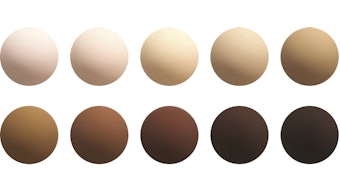Recent work published in Nature Immunology shows new findings regarding the mechanisms of contact nickel allergy. Research conducted by Schmidt et al. from the University Hospital Mannheim and University of Heidelberg, in Germany, suggests the human Toll-like receptor 4 is crucial in the development of this skin reaction.
According to the research abstract, allergies to nickel (Ni(2+)) are the most frequent cause of contact hypersensitivity (CHS) in industrialized countries, and the efficient development of CHS requires a T lymphocyte-specific signal as well as a pro-inflammatory signal. The work presented showed that Ni(2+) triggered an inflammatory response by directly activating human Toll-like receptor 4 (TLR4). In fact, the Ni(2+)-induced TLR4 activation was species-specific, and mouse TLR4 could not generate this response. The authors note that the data implicates site-specific human TLR4 inhibition as a potential strategy for therapeutic intervention in CHS that would not affect vital immune responses.
According to a review of the article by Marc Rothenberg, of the Cincinnati Children's Hospital Medical Center, this research is compelling because the authors also impressively engineer murine TLR4 to contain the nickel-binding site, and transgenic mice bearing this form of humanized TLR4 are thus made susceptible to experimental nickel allergy. He notes that taken together, this work uncovers a hidden mystery in the allergy field.
Human contact sensitivity to nickel has long been a condition researched within the dermatological field. This new information could lead to the development of improved skin care treatments, protectants and/or cleansers to inhibit or reduce inflammation or other allergic/irritant reactions in skin.










